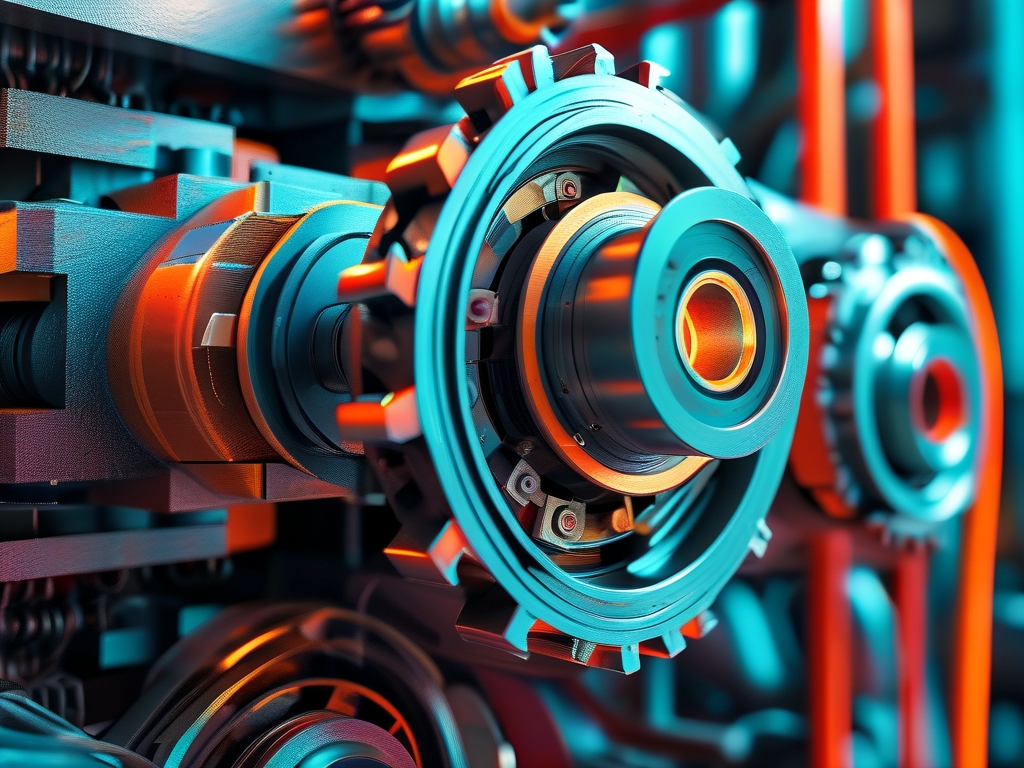In the rapidly evolving field of artificial intelligence and computer vision, algorithm engineers play a pivotal role in bridging theoretical models with real-world applications. One critical aspect of their work involves leveraging high-definition (HD) images and robust frameworks to optimize performance, accuracy, and scalability. This article explores how these elements converge to drive innovation, the challenges faced, and best practices for implementing effective solutions.
The Importance of High-Definition Images in Algorithm Development
High-definition images are indispensable for training and validating machine learning models, particularly in domains like medical imaging, autonomous vehicles, and satellite analysis. Unlike low-resolution data, HD images capture finer details, enabling algorithms to detect subtle patterns—such as micro-tumors in radiology scans or lane boundaries in self-driving systems. For algorithm engineers, preprocessing HD data requires balancing quality with computational efficiency. Techniques like image super-resolution, noise reduction, and adaptive compression are often employed to maintain fidelity while reducing storage and processing overhead.
Moreover, HD datasets demand advanced annotation tools. Manual labeling of 4K or 8K images is time-consuming, prompting engineers to develop semi-automated frameworks that integrate AI-assisted tagging. These tools not only accelerate workflows but also minimize human error, ensuring datasets are both precise and scalable.
Frameworks: The Backbone of Algorithm Engineering
A well-designed framework is the backbone of any successful algorithmic solution. Popular open-source frameworks like TensorFlow, PyTorch, and OpenCV provide pre-built modules for image processing, model training, and deployment. However, custom frameworks tailored to specific use cases—such as real-time HD video analysis or edge-device optimization—are increasingly critical.
For instance, autonomous vehicle systems rely on frameworks that synchronize data from multiple HD cameras and LiDAR sensors. Engineers must design pipelines capable of processing terabytes of data per hour while maintaining low latency. This involves optimizing memory allocation, parallelizing tasks across GPUs, and implementing quantization techniques to reduce model size without sacrificing accuracy.

Another emerging trend is the integration of explainable AI (XAI) into frameworks. As HD imaging models grow more complex, interpretability becomes essential for debugging and regulatory compliance. Tools like SHAP (SHapley Additive exPlanations) and LIME (Local Interpretable Model-agnostic Explanations) are being embedded into frameworks to visualize how algorithms prioritize pixels in HD images, fostering trust and transparency.
Challenges in HD Image Processing and Framework Design
Despite their advantages, HD images and advanced frameworks pose significant challenges. Storage and bandwidth limitations are a primary concern: a single 8K image can exceed 50 MB, making cloud-based processing costly. Algorithm engineers often address this by adopting hybrid architectures that combine edge computing for preliminary filtering with cloud resources for heavy-duty analysis.

Another hurdle is hardware compatibility. Training models on HD datasets requires high-end GPUs with substantial VRAM, which may be inaccessible for smaller teams. To mitigate this, engineers increasingly rely on distributed training frameworks like Horovod or leverage cloud platforms offering scalable GPU clusters.
Framework maintenance also presents difficulties. As dependencies evolve, ensuring backward compatibility while integrating new features—such as support for emerging image formats like AVIF—demands meticulous version control and automated testing pipelines.
Case Study: HD Medical Imaging in Oncology
A compelling example of HD imaging and framework synergy is in oncology. Researchers at Stanford University recently developed a framework for analyzing 16K-resolution histopathology slides. By training a convolutional neural network (CNN) on HD images annotated with tumor boundaries, their system achieved 98% accuracy in identifying malignant cells—surpassing human pathologists. The framework incorporated GPU-accelerated preprocessing to normalize lighting and contrast across slides, followed by a cascaded inference model that prioritized regions of interest. This approach reduced processing time from hours to minutes, demonstrating the transformative potential of HD-optimized frameworks.
Future Directions and Ethical Considerations
Looking ahead, algorithm engineers will focus on democratizing access to HD-driven solutions. Lightweight frameworks compatible with mobile devices and IoT sensors are already in development, enabling applications like real-time HD wildlife monitoring in remote areas. Additionally, generative adversarial networks (GANs) are being used to synthesize HD training data, reducing reliance on scarce labeled datasets.
Ethical challenges, however, loom large. HD imaging raises privacy concerns, particularly in surveillance and facial recognition. Engineers must embed privacy-preserving techniques like federated learning and differential privacy into frameworks to anonymize data without degrading utility.
The intersection of high-definition imaging and robust frameworks is reshaping algorithm engineering. By addressing technical bottlenecks and ethical dilemmas, engineers can unlock new possibilities in healthcare, environmental science, and beyond. As computational power grows and frameworks become more adaptive, the next decade will witness unprecedented advancements—ushering in an era where HD-driven algorithms are not just tools, but indispensable partners in solving humanity’s greatest challenges.









